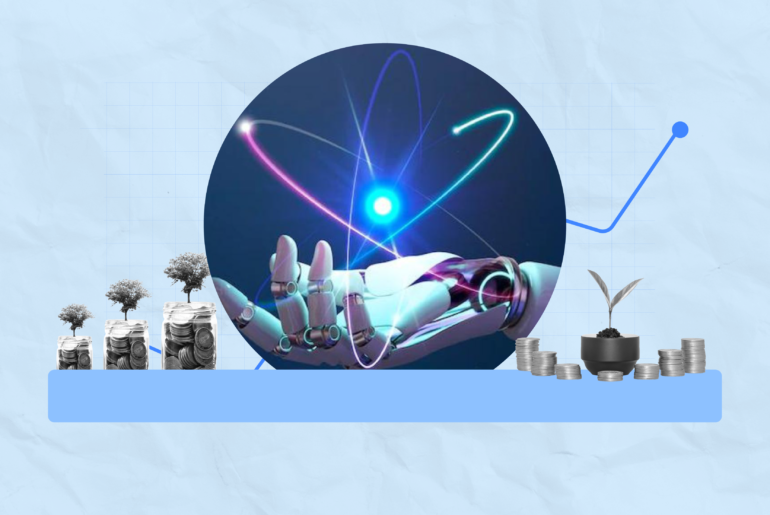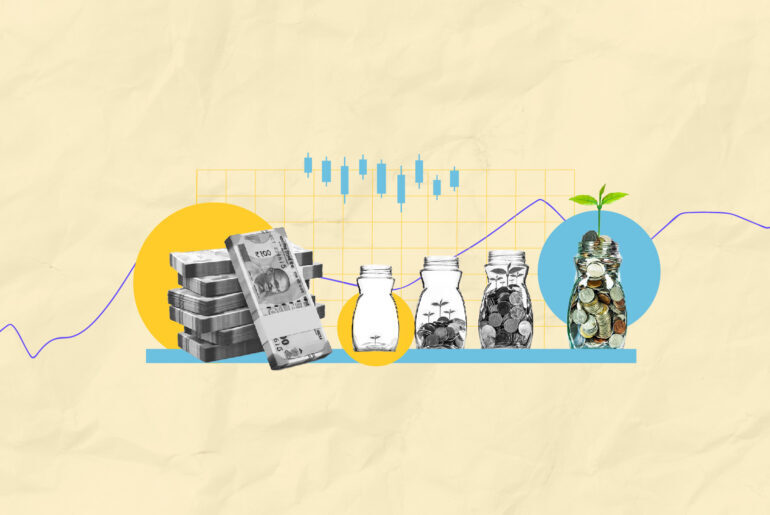Last Updated on Jul 8, 2021 by Manonmayi
Indian Banks are a part of our daily lives that have also supported families through their life crisis and contributed to achieving certain dreams by providing them with timely loans. Here are 10 fascinating facts about Indian banks.
This article covers:
- Fact No. 1: Allahabad Bank, the oldest joint stock bank of India
- Fact No. 2: Bank of India, the first bank to open a branch outside India
- Fact No. 3: Central Bank of India, the first bank that was completely owned by Indians
- Fact No. 4: Punjab National Bank, the largest among all the nationalized banks after SBI
- Fact No. 5: UTI Bank, the first private bank in India
- Fact No. 6: Canara Bank, the first bank to be given an ISO 9002 certificate
- Fact No. 7: HDFC Bank, one of the largest private banks
- Fact No. 8: Bharatiya Mahila Bank, the first all-women bank of India
- Fact No. 9: Rs 5,000 and Rs 10,000 currencies existed in the country
- Fact No. 10: Reserve Bank of India was the central bank of two other countries
Table of Contents
Fact No. 1: Allahabad Bank, the oldest joint stock bank of India
Headquartered in Kolkata, Allahabad Bank was founded in 1865. It was a nationalized bank. Until its merger with the Indian Bank, Allahabad Bank was the oldest joint stock bank in India. On 24th Apr 2014, the bank entered into its 150th yr of the establishment.
Fact No. 2: Bank of India, the first bank to open a branch outside India
Bank of India‘s international expansion began in 1946 when it opened a branch in London. BOI was the first Indian bank to do so. After that, BOI opened branches abroad in Tokyo and Osaka in 1950, Singapore in 1951, Kenya and Uganda in 1953, Aden in 1953 or 1954, and Tanganyika in 1955.
Fact No. 3: Central Bank of India, the first bank that was completely owned by Indians
Established in 1911, the Central Bank of India was the first Indian commercial bank that was wholly owned and managed by Indians. The founder, Sir Sorabji Pochkhanawala, proclaimed the Central Bank of India as the ‘property of the nation and the country’s asset’. He also added that the ‘Central Bank of India lives on people’s faith and regards itself as the people’s own bank’.
Fact No. 4: Punjab National Bank, the largest among all the nationalized banks after SBI
Punjab National Bank was founded in 1894 and is the second-largest public sector bank (PSB) in India, both in terms of business and network. The bank has over 1,800 lakh customers, 10,910 branches, and 13,000+ ATMs post-merger with United Bank of India and Oriental Bank of Commerce.
Fact No. 5: UTI Bank, the first private bank in India
On 22nd Jan 1993, the Reserve Bank of India had issued the policy guidelines for the entry of new private sector banks. The first private sector bank, which came into operation since the introduction of policy guidelines was the UTI Bank Limited on 2nd Apr 1994 in Ahmedabad. It is now known as Axis Bank.
Fact No. 6: Canara Bank, the first bank to be given an ISO 9002 certificate
In the year 1992-93, Canara Bank became the first bank to articulate and adopt the directive principles of ‘Good Banking’. In 1996, it became the first bank to be conferred with ISO 9002 certification for one of its branches in Bangalore. ISO 9002 refers to “Quality System – Model for quality assurance in production, installation and servicing”.
Fact No. 7: HDFC Bank, one of the largest private banks
Since HDFC Bank’s inception, its share has grown from Rs 22 in 2000 to Rs 1,539 as of Jul 2021, which is a CAGR of around 22%. Despite SBI’s balance sheet and customer base being larger than HDFC Bank, SBI is only worth one-third of it. In terms of market valuation, HDFC Bank is higher than the likes of Lockheed Martin, HSBC, or BlackRock with a valuation of Rs 10,800 cr.
Fact No. 8: Bharatiya Mahila Bank, the first all-women bank of India
In Nov 2013, on the occasion of the former Indian Prime Minister Indira Gandhi’s 96th birth anniversary, Bharatiya Mahila Bank was established in Mumbai. It is India’s first all-women bank, headquartered in Delhi. The bank commenced operations with an initial capital of Rs 1,000 cr.
Fact No. 9: Rs 5,000 and Rs 10,000 currencies existed in the country
RBI demonetized notes in the denominations of Rs 5,000 and Rs 10,000 in 1938. They were reintroduced in 1954 and again demonetized in 1978. RBI is at liberty to print these notes according to the RBI Act of 1934.
Fact No. 10: Reserve Bank of India was the central bank of two other countries
Apart from India, RBI also served as the central bank of Myanmar till Apr 1947, except during the years of Japanese invasion from 1942-45, and the central bank of Pakistan till Jun 1948.




